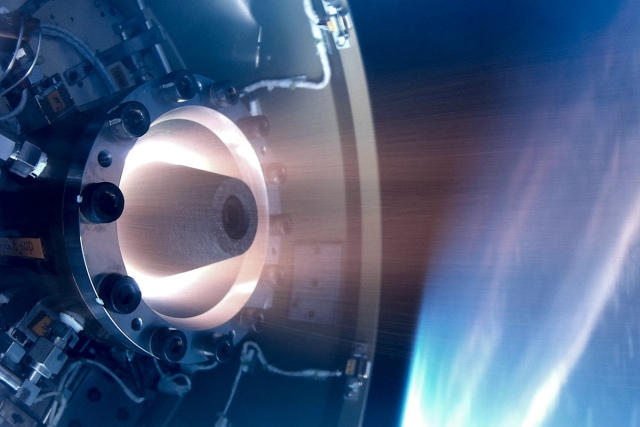The Japanese Space Agency announced the first successful activation of a new design engine using ring detonation waves in space.
Classic jet engines have almost reached the theoretically possible ceiling. Therefore, engineers are actively working on alternative and more promising designs, including detonation ones. In such an engine, explosive combustion occurs, the products of which are ejected at supersonic speeds. This allows you to use fuel more fully and achieve greater productivity.
One of the variants of such an installation is a rotating detonation engine (VDD), in which shock waves propagate through an annular channel. At the beginning of 2021, Australian developers reported on the successful launch of the VDD at the landfill. And now the Japanese Space Agency (JAXA) [...] has announced the first-ever tests of such an engine in orbit.
The launch took place on July 27 with the help of a meteorological rocket S-520 (N31), capable of rising along a ballistic trajectory to the very upper layers of the atmosphere. The eight-meter carrier launched from the Uchinoura cosmodrome in the extreme south of Japan. Four minutes later, it reached an altitude of 235 kilometers, and four more fell into the sea, where it was picked up by specialists, taking the capsule with the recorded results of space tests.
Judging by the data received by JAXA engineers, the tests were successful. After the separation of the first stage of the rocket, the VDD turned on and worked safely for six seconds, creating a thrust of 500 Newton. It is also reported that there was also a pulse detonation engine on board, which also successfully turned on, although this event was not the first in history. Demonstration flights of the Scaled Composites Long-EZ aircraft equipped with such an engine took place back in 2008.

